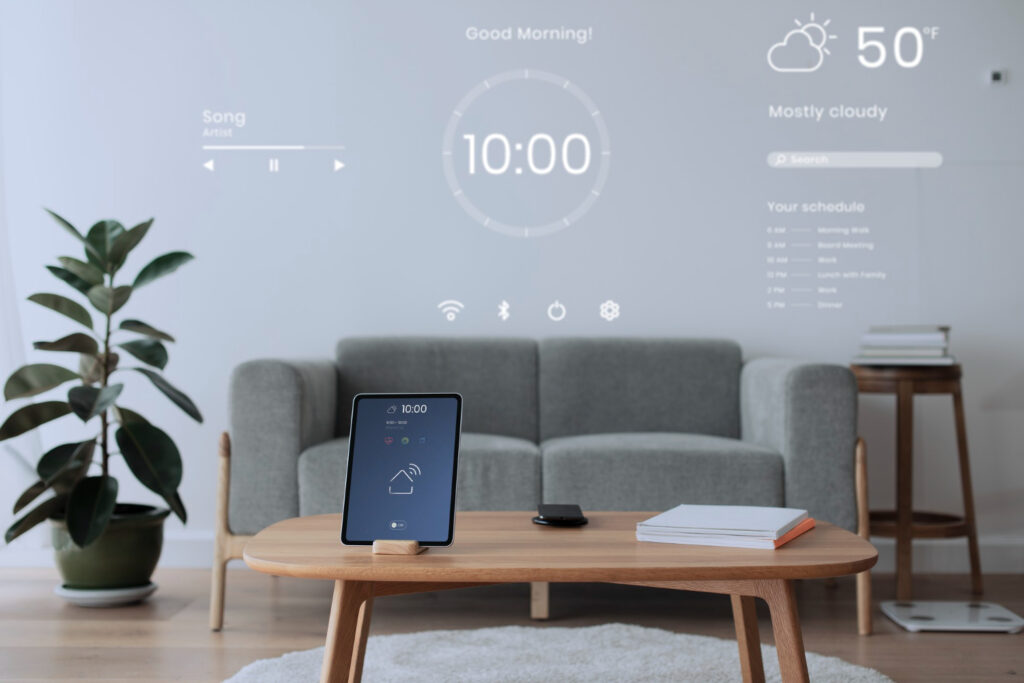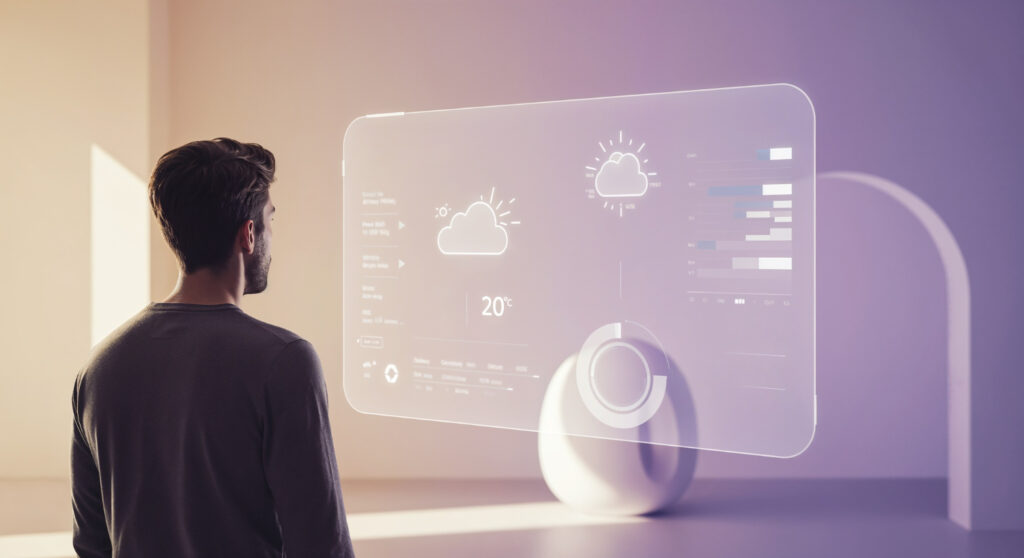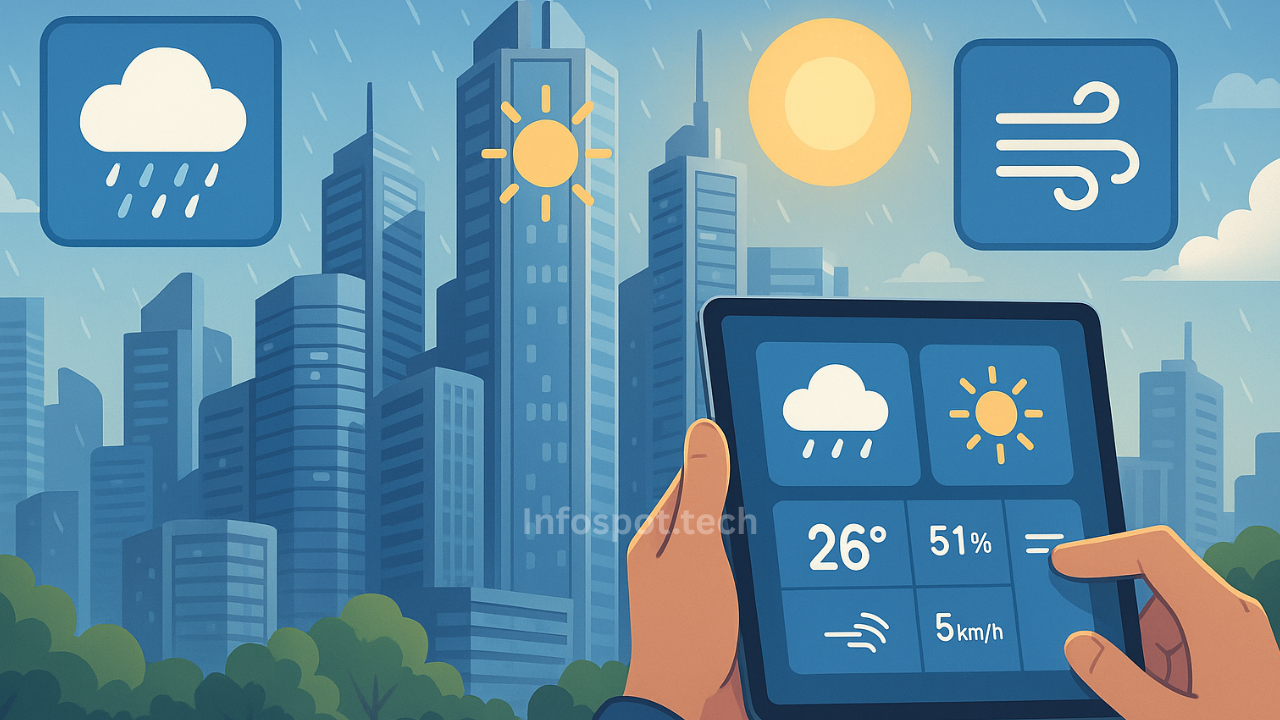What is Weather Tech?
Weather tech, short for “weather technology,” refers to advanced tools, systems, and innovations designed to monitor, predict, and adapt to weather conditions. It covers a wide range of industries — from automotive to agriculture, and from home living to city planning. The goal of weather tech is simple: to use technology to prepare for, adapt to, and thrive in any climate condition.
This niche has gained massive popularity in recent years due to the rise of climate change, unpredictable weather patterns, and the need for more innovative solutions to handle environmental challenges.

The Rise of Weather Tech in Modern Life
With global temperatures rising and storms becoming more frequent, the demand for weather-focused technology has never been higher. Today, Weather tech plays a role in many aspects of daily life:
- Intelligent irrigation systems in farming
- All-weather floor mats in vehicles
- Climate control in homes
- Hyperlocal weather forecasting apps
- Disaster alert systems in cities
Major tech companies and startups alike are investing billions into this growing field, seeing it as not only a necessity but also a market opportunity.
Automotive Industry and Weather Tech
One of the most well-known uses of weather tech is in the automotive sector, primarily through brands like WeatherTech. These companies offer products such as:
- Precision-fit mats that guard against mud, water, and snow.
- Rain guards for windows
- Cargo liners for trunk areas
- Windshield sunshades and frost covers
These innovations help car owners protect their vehicles from climate-related damage, increase longevity, and maintain resale value. In colder climates, weather tech accessories are considered a must-have for drivers.

Smart Home Weather Technology
Smart homes are increasingly integrating weather-based automation. Devices like smart thermostats, automated blinds, and intelligent HVAC systems now respond in real-time to weather changes.
Some standard home weather tech solutions include:
- Smart thermostats that adjust based on outside temperature
- Rain sensors that shut off sprinklers automatically
- Solar panels that adapt to light intensity
- Wind detection systems for roof and window protection
These tools help homeowners save money, conserve energy, and stay safe during extreme weather conditions.
Weather Tech in Agriculture
Agriculture has embraced weather tech with open arms. Farmers are now using high-tech solutions to increase crop yield, manage irrigation, and avoid losses caused by sudden weather shifts.
Key examples include:
- Precision weather stations on farms
- Drone-based weather monitoring
- Soil moisture sensors
- AI-driven weather prediction tools
These technologies help in planning, planting, and harvesting, reducing water usage, and preventing crop damage.
Urban Planning and Weather Resilience
Cities around the world are now integrating weather tech into infrastructure planning. Urban heat islands, flooding, and air quality issues require innovative solutions. Here’s how weather tech is changing cities:
- Flood sensors alert local authorities to rising water levels
- Bright traffic lights that adapt to weather-related congestion
- Green roofing systems that regulate building temperatures
- Air quality sensors that adjust public health alerts
In addition, real-time weather data helps in planning evacuations and emergency responses during storms and other natural disasters.
How Weather Tech Enhances Daily Living
For the average person, WeatherTech is no longer a luxury — it’s becoming essential. From apps that notify you about UV levels to smart wearables that track weather-sensitive health stats, this technology is helping individuals stay informed and prepared.
Here are some everyday benefits:
- Better clothing decisions with hyper-local forecasts
- Improved health through air quality tracking
- Reduced utility bills via smart energy adjustments
- Increased safety during travel with weather alerts
WeatherTech is quietly shaping how people live, travel, and make decisions — even if they don’t realize it.

The Role of Artificial Intelligence in Weather Tech
AI is transforming weather forecasting with faster, more intelligent, and more precise predictions. Machine learning models can now analyze massive amounts of data from satellites, radars, and sensors to predict micro-weather events such as:
- Sudden thunderstorms
- Tornado development
- Heatwaves and cold fronts
- Fog and visibility conditions
These insights are not just valuable for scientists. They’re being used by airlines, shipping companies, outdoor event planners, and even delivery services to make smarter decisions in real-time.
Weather Tech and Climate Change
Perhaps the most crucial role of WeatherTech is in combating and adapting to climate change. Technology helps us not only understand what’s coming, but also take action. Here’s how:
- Climate modelling tools to predict future scenarios
- Disaster preparedness systems for high-risk areas
- Energy-efficient WeatherTech products
- Data platforms for policymakers and scientists
As the climate crisis deepens, WeatherTech could be humanity’s best chance to stay one step ahead.
Leading Brands and Innovators in Weather Tech
Several companies have established themselves as leaders in this growing field. Some are household names, while others are tech startups making waves:
- WeatherTech – Known for its American-made car floor mats and vehicle protection accessories
- The Weather Company (an IBM Business) – Offers predictive weather data using AI
- Tomorrow.io (formerly ClimaCell) delivers ultra-local weather insights and forecasting tools.
- Netatmo – Offers smart weather stations for homes
- Davis Instruments develops advanced weather tracking tools for both experts and hobbyists.
These innovators are redefining how we interact with the world around us — one weather event at a time.

The Future of Weather Tech
As technology evolves, so will weather tech. Here are some trends to watch:
- Integration with IoT – More household and industrial devices will respond automatically to weather data
- Wearable weather devices – Real-time air quality, UV, and humidity tracking
- Space-based weather monitoring – Satellites with AI onboard for instant weather insights
- Personalized weather experiences – Forecasts tailored to your activity, location, and health needs
With 5G, AI, and satellite advancements, the future of weather tech promises to be even more accurate, accessible, and essential.
Final Thoughts
Weather tech is no longer just about checking the forecast — it’s about living smarter, protecting what matters, and staying prepared in a changing world. Whether it’s a high-tech floor mat, a smart weather station, or an AI-powered prediction model, weather technology is shaping the future of how we interact with our environment.
As demand continues to grow and innovation accelerates, one thing is sure: weather tech isn’t just a trend — it’s a transformation.
Also Read: Looksmax AI: Revolutionizing the Future of Digital Attractiveness




One thought on “Weather Tech: The Future of Smart Climate Protection”
Comments are closed.